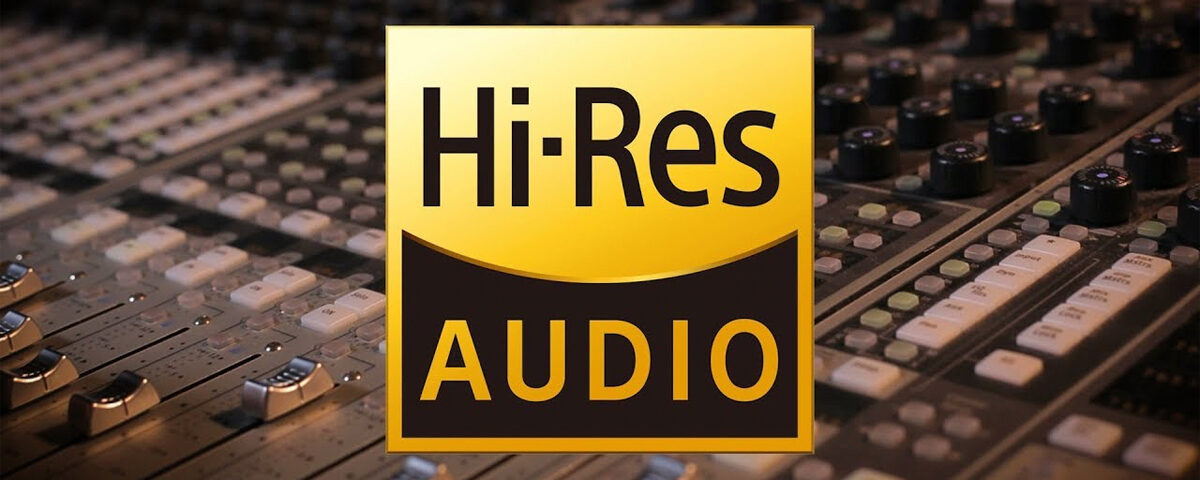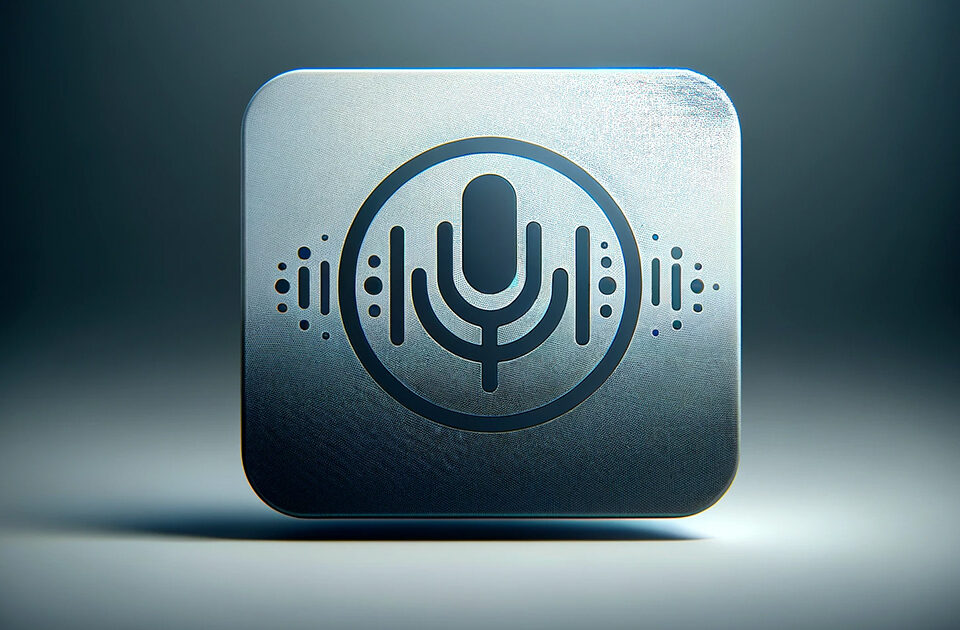High-Resolution Audio – A Deep Dive into the Future of Music
High-resolution audio (HRA) has emerged as a prominent buzzword in the world of music and audio technology in recent years. This exciting development in audio quality promises to revolutionize the way we experience music, elevating our auditory experiences to new heights. High-resolution audio refers to audio formats that offer higher sampling rates and bit depths, resulting in improved audio quality compared to standard audio formats. In this article, we will explore the intricacies of high-resolution audio, including its technical aspects, recording and playback devices, and the streaming services that support it.
Understanding High-Resolution Audio
To appreciate the significance of high-resolution audio, it is essential to understand its fundamental principles. The quality of digital audio is determined by two primary factors: sampling rate and bit depth. The sampling rate refers to the number of samples taken per second when converting an analog signal into a digital one. A higher sampling rate leads to a more accurate representation of the original analog signal. Bit depth, on the other hand, represents the number of bits of information in each sample, determining the dynamic range of the audio signal. A higher bit depth results in a greater dynamic range and less quantisation noise.
High-resolution audio formats typically have a sampling rate of 96 kHz or higher and a bit depth of 24 bits or more. These specifications far exceed those of the standard CD quality, which has a sampling rate of 44.1 kHz and a bit depth of 16 bits. The result is a richer, more detailed sound with a wider frequency range and greater dynamic contrast.
High-Resolution Audio Recording
High-resolution audio recording begins with the use of high-quality microphones and analog-to-digital converters (ADCs). These devices must be capable of capturing the full dynamic range and frequency response of the original sound source. Modern ADCs are designed to handle high sampling rates and bit depths, allowing for the production of high-resolution audio files.
In addition to using advanced hardware, recording engineers must also employ meticulous recording techniques to preserve the fidelity of the original performance. This may involve using multiple microphones to capture various aspects of the sound, such as the subtle nuances of a singer’s voice or the delicate resonance of a piano. The captured audio is then carefully mixed and mastered using specialized software, ensuring that the final product maintains the high-resolution audio quality.
Playback Devices for High-Resolution Audio
The playback of high-resolution audio requires compatible equipment capable of handling the increased data rates and enhanced audio specifications. High-resolution audio players, also known as digital audio players (DAPs), are designed specifically for this purpose. These dedicated devices offer superior sound quality and support various high-resolution audio formats, such as FLAC, ALAC, DSD, and WAV.
In addition to DAPs, many smartphones and portable devices now support high-resolution audio playback. However, the quality of the built-in DACs (digital-to-analog converters) and amplifiers in these devices may not be optimal for high-resolution audio. To ensure the best listening experience, it is advisable to invest in an external DAC and amplifier or high-quality headphones with built-in DACs and amplifiers.
Streaming Services Supporting High-Resolution Audio
As the demand for high-quality audio increases, many streaming services have started offering high-resolution audio content. Some popular options include:
1. Tidal: Tidal’s HiFi tier offers lossless, CD-quality streaming, while the Tidal Masters tier provides access to thousands of high-resolution audio tracks encoded using MQA (Master Quality Authenticated) technology.
2. Qobuz: Qobuz offers a vast selection of high-resolution audio content, with streaming quality ranging from 16-bit/44.1 kHz to 24-bit/192 kHz.
3. Amazon Music HD: Amazon’s high-resolution streaming service offers a catalog of over 50 million songs in CD quality and millions of tracks in high-resolution audio, with bit depths of 24 bits and sampling rates up to 192 kHz.
4. Deezer HiFi: Deezer’s HiFi tier offers CD-quality streaming at 16-bit/44.1 kHz in the lossless FLAC format.
5. Primephonic: Specifically designed for classical music enthusiasts, Primephonic offers a vast catalog of high-resolution audio tracks, with bit depths and sampling rates ranging from 24-bit/44.1 kHz to 24-bit/192 kHz.
It is worth noting that streaming high-resolution audio consumes more data than standard-quality audio, making it important to have a reliable and fast internet connection. Additionally, to fully enjoy the benefits of high-resolution audio streaming, users should use compatible playback devices and high-quality audio equipment.
The Future of High-Resolution Audio
High-resolution audio is rapidly gaining popularity among music enthusiasts, musicians, and audio professionals alike. As technology advances, the availability and affordability of high-resolution audio recording and playback devices are expected to increase. Additionally, more streaming services are likely to adopt high-resolution audio formats, making it more accessible to a wider audience.
In the future, we can also expect the development of new audio codecs and compression algorithms to further optimize the delivery of high-resolution audio. Virtual reality and immersive audio technologies, such as Dolby Atmos and Sony 360 Reality Audio, may also incorporate high-resolution audio, offering more engaging and realistic listening experiences.
Summary
High-resolution audio offers a significant leap in audio quality compared to standard audio formats. With advancements in recording technology, playback devices, and streaming services, high-resolution audio is becoming increasingly accessible to a wider audience. As the demand for superior audio quality continues to grow, high-resolution audio is poised to become the new standard for music consumption and appreciation. Embracing this technology will undoubtedly elevate our listening experiences, allowing us to enjoy music in a way that was once reserved for live performances and high-end studio recordings.


